zootcase year 11 textiles fireemoji
1/40
Earn XP
Name | Mastery | Learn | Test | Matching | Spaced |
|---|
No study sessions yet.
41 Terms

staple fibres
short fibres, dull fabric

filament fibres
long and continuous fibres, shiny smooth and strong
silk
only natural filament fibre
lustre
Gloss, sheen, sparkle or shine of a fabric caused by light reflecting from the surface of the fibres, yarn and fabric
drape
how a fabric hangs or falls
handle
The way a fibre behaves/feels when used (hard/soft/firm/fluid/stiff/limp/rough)
abrasion resistance
Ability to withstand rubbing or wear and tear. This informs how durable a fibre is and how long is may last with normal use.
strength
ability to resist breaking
absorbency
ability to absorb moisture
resilience
Ability to return to the original shape or “bounce back” after being scrunched, folded or creased
dimensional stability
ability to resist shrinking or stretching
elasticity
Ability to return to the original shape or “bounce back” after being stretched or compressed
thermal properties
Ability to withstand and transfer heat
staple
are plant fibres staple or filament?

staple spun yarn
Uneven & weak, Poor lustre & durability, Good elasticity, resilience, and absorbency
used for Apparel and furnishings

monofilament yarn
Fine, strong yarn with good lustre and durability, Poor elasticity, resilience, and absorbency
used for Hosiery and invisible sewing thread

multifilament yarn
Even, strong yarn with good lustre and durability. Medium elasticity and resilience; slighty absorbent.
used for Evening wear and lingerie
staple spinning
turns short fibres (cotton and wool) into yarn. Short fibres are combed or carded, then drawn out to produce a long yarn
extrusion spinning
Creates yarns by passing a fibre-forming substance through a spinneret. The substance the solidifies to form a filament. Rayon, polyester and nylon are created by this method.
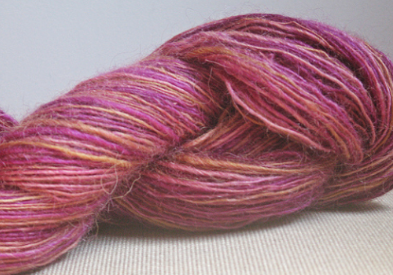
properties of low twist yarn
Soft
Hairy
Low lustre
Poor resilience
Weak
Poor abrasion resistance
Good insulation
Good absorbency
Poor elasticity
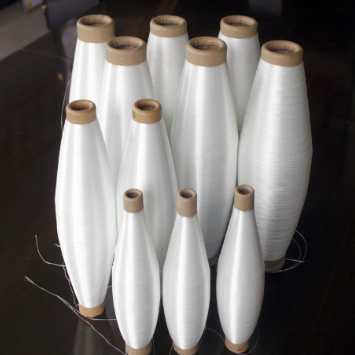
properties of high twist yarn
Firm
Smooth
Good lustre
Good resilience
Strong
Good abrasion resistance
Poor insulation
Poor absorbency
Good elasticity
warp knits
stretch more lengthwise
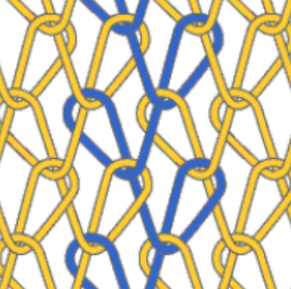
weft knits
stretch more widthwise
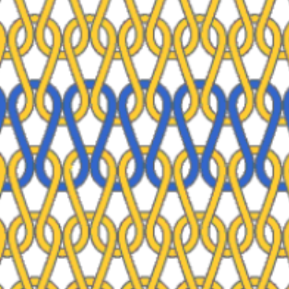
single knit
are constructed by weft knitting.
The fabric has a definite right and wrong side.
The right side is smooth, and the wrong side is loopy.
Single knit fabrics ladder vertically and will curl to the wrong side when cut.
Variations to the single knit can be created by using different coloured or textured yarns.
fabrics stretch more width ways than lengthways.
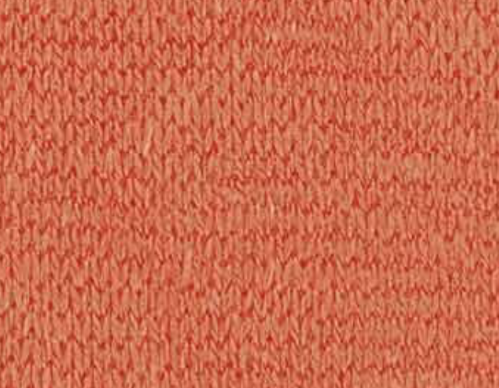
double knit
fabrics are constructed by weft knitting.
They are made on knitting machines with two sets of needles.
The fabric is the same as both sides, resembling the right side of a single knit.
Do not curl at the edges or ladder.
As the surface is smooth, it can be printed on.
Less elastic than single knits.
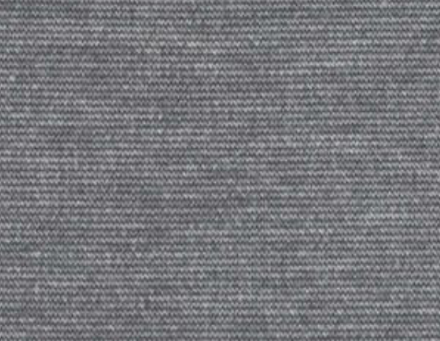
plain weave
simplest type of weave and is the least expensive to produce.
Weft yarns pass over one warp and under the next, then alternate on the next row
can be made from any type of yarn
have no right or wrong side. They are even and flat textured.
poor resilience and are less absorbent than other weaves
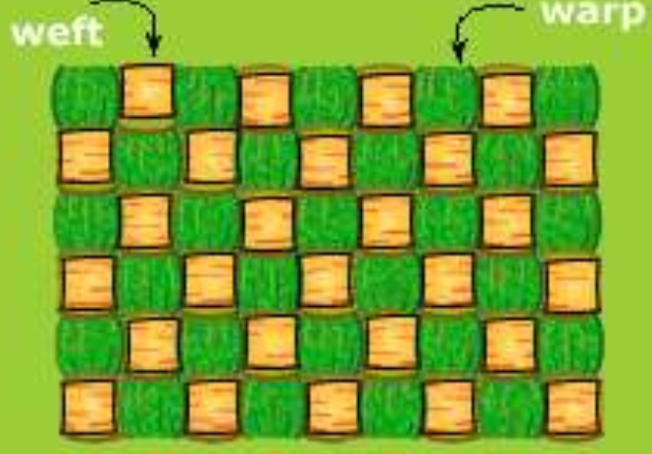
twill weave
the interlacing of the warp and weft yarns form diagonal lines in the fabric
Weft pass over two or more warp yarns, then under one.
have a right and wrong side and are heavier in weight than plain weaves
They are the most durable type of weave and are often used for work clothes and denim jeans
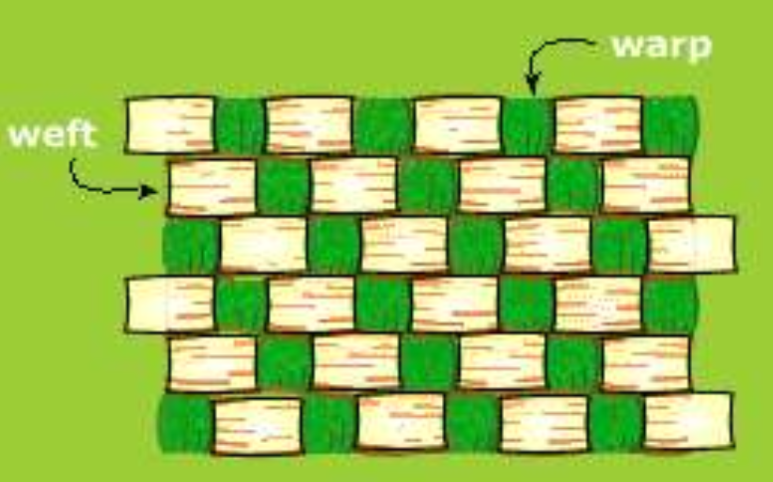
satin weave
will produce a smooth, luxurious cloth.
The weft can pass over as many as 12 warp threads so that the diagonal line cannot be seen.
can be snagged very easily.
If a fabric is formed with this weave using filament fibres such as silk, nylon, or polyester, the corresponding fabric is termed a satin.
If the yarns used are short-staple yarns such as cotton, the fabric formed is considered a sateen.
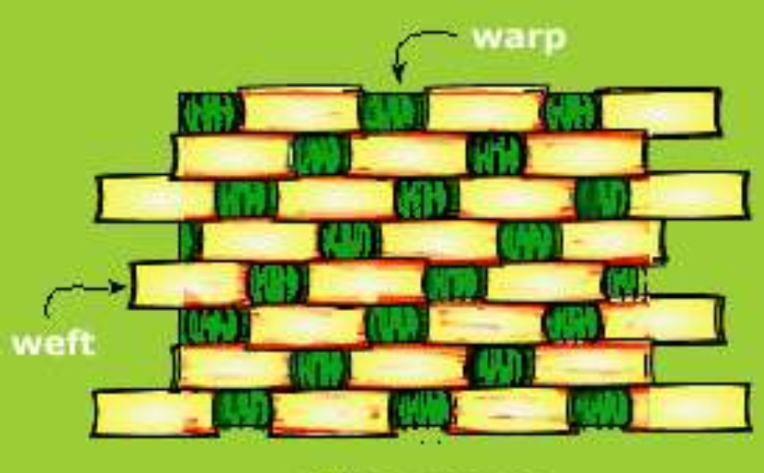
Color and Value
lightness or darkness of a color, plus hue. can add depth or volume
line and direction
leads the eye around a design, can contour, stretch or compress
shape
closed line, can be organic or geometric
texture
surface characteristics of a design, adds interest. both visual and tactile
proportion
the ratio of the different elements within a design
balance
are elements balanced for visual appeal?
rhythym
repeating elements add rhythym (pleats)
emphasis
creating focal points in a design
contrast
adds interest to a design, color and line can be contrasting
unity
how balanced the elements are for a pleasuring aesthetic.
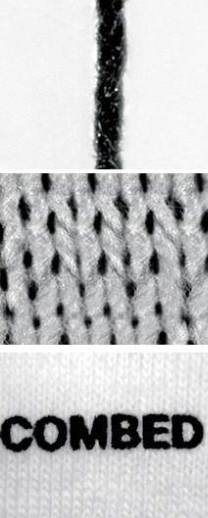
Combed cotton makes for a softer feel, making it ideal for apparel such as shirting and underwear.
Would carded or combed cotton yarn be better for softer end uses?
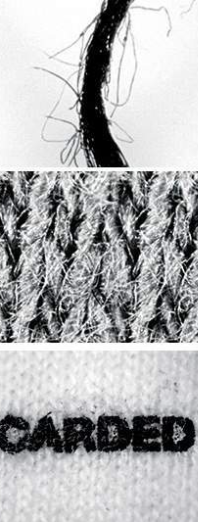
Carded cotton is stronger and more durable, ideal of jeans, sheeting, and towelling.
Would carded or combed cotton yarn be better for workwear?